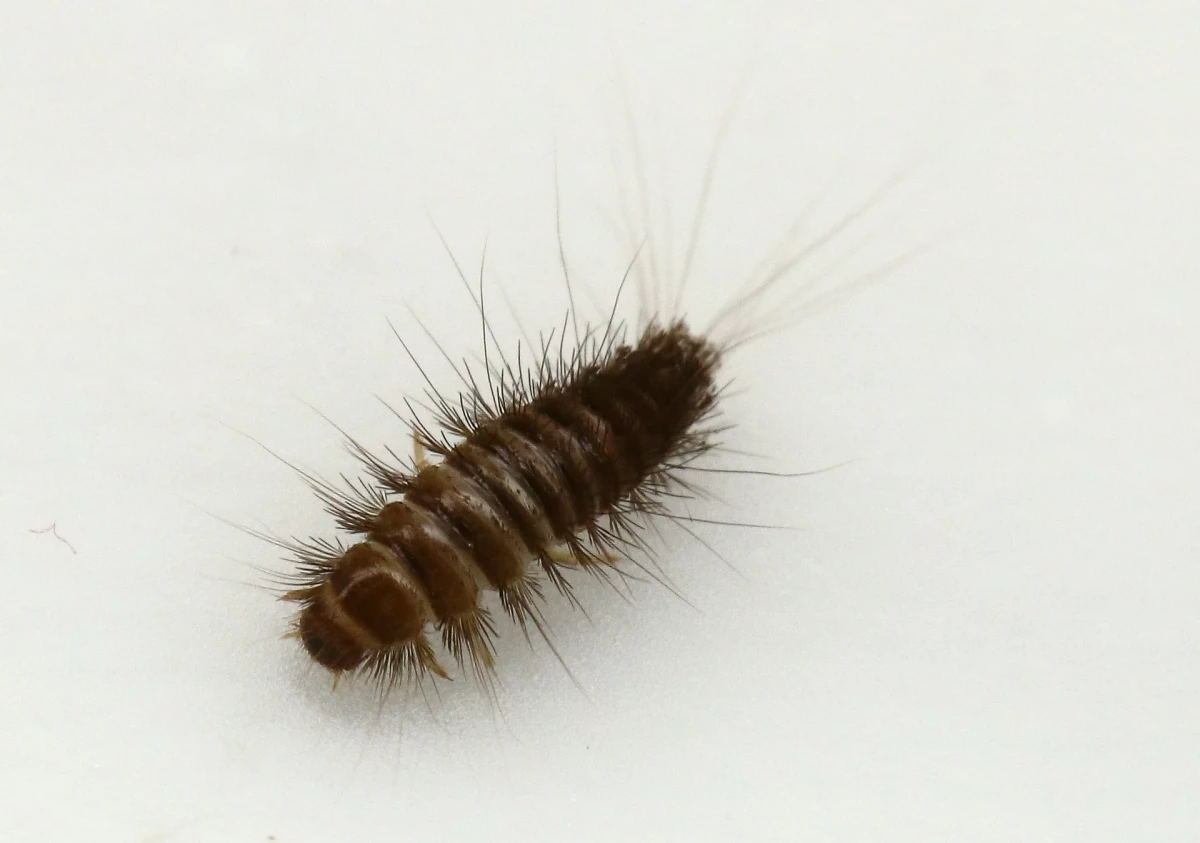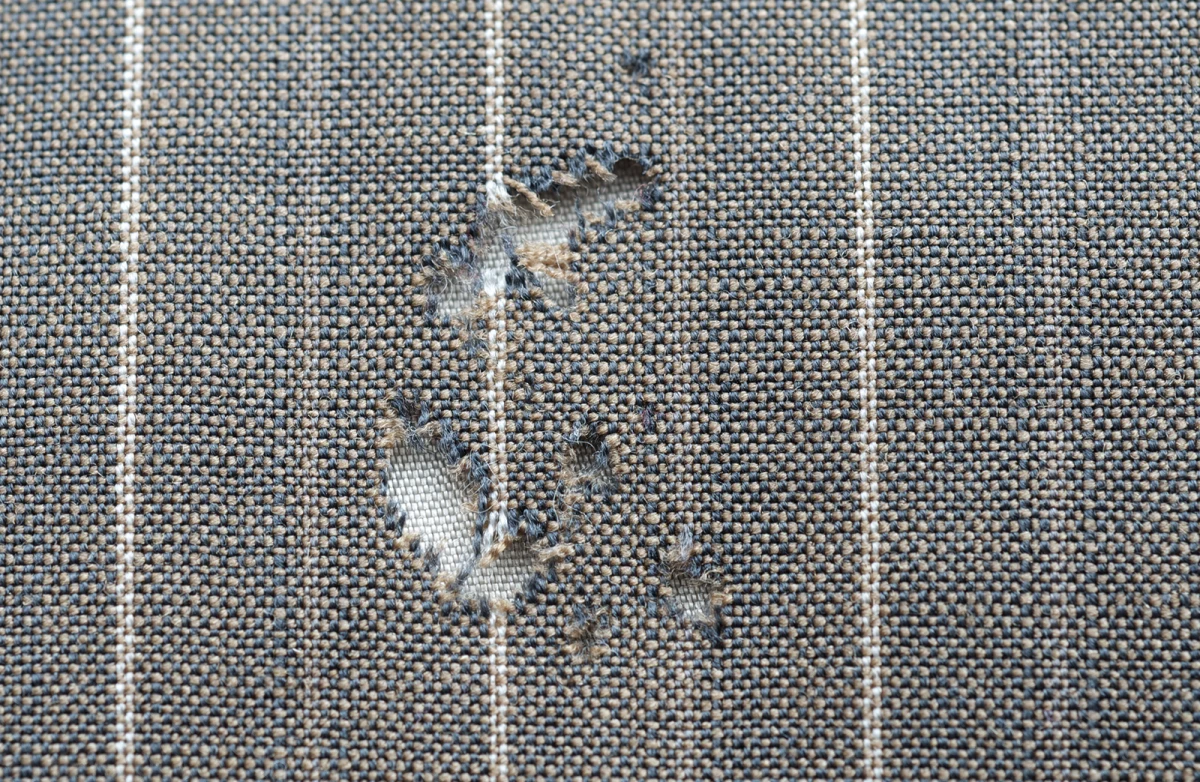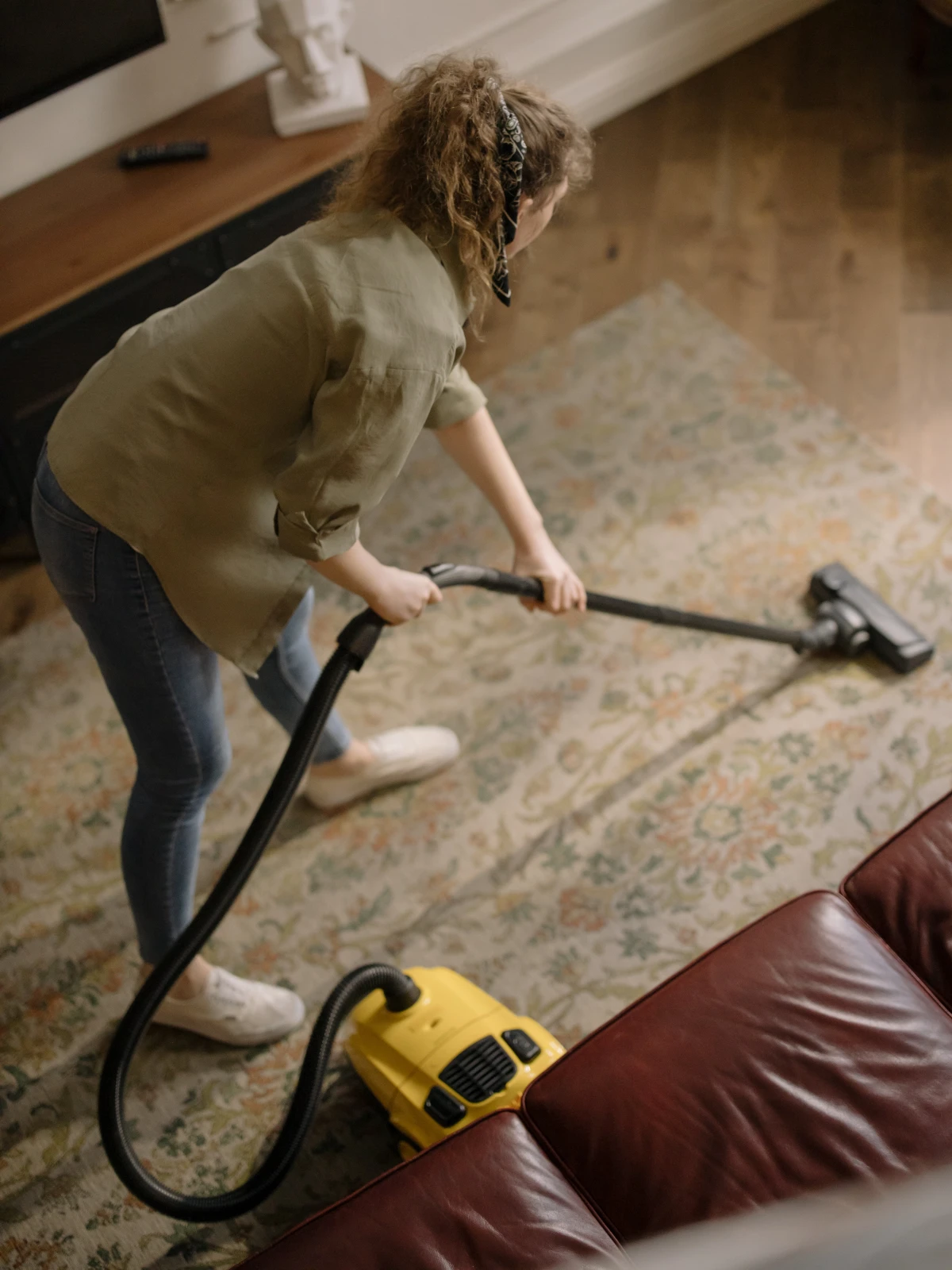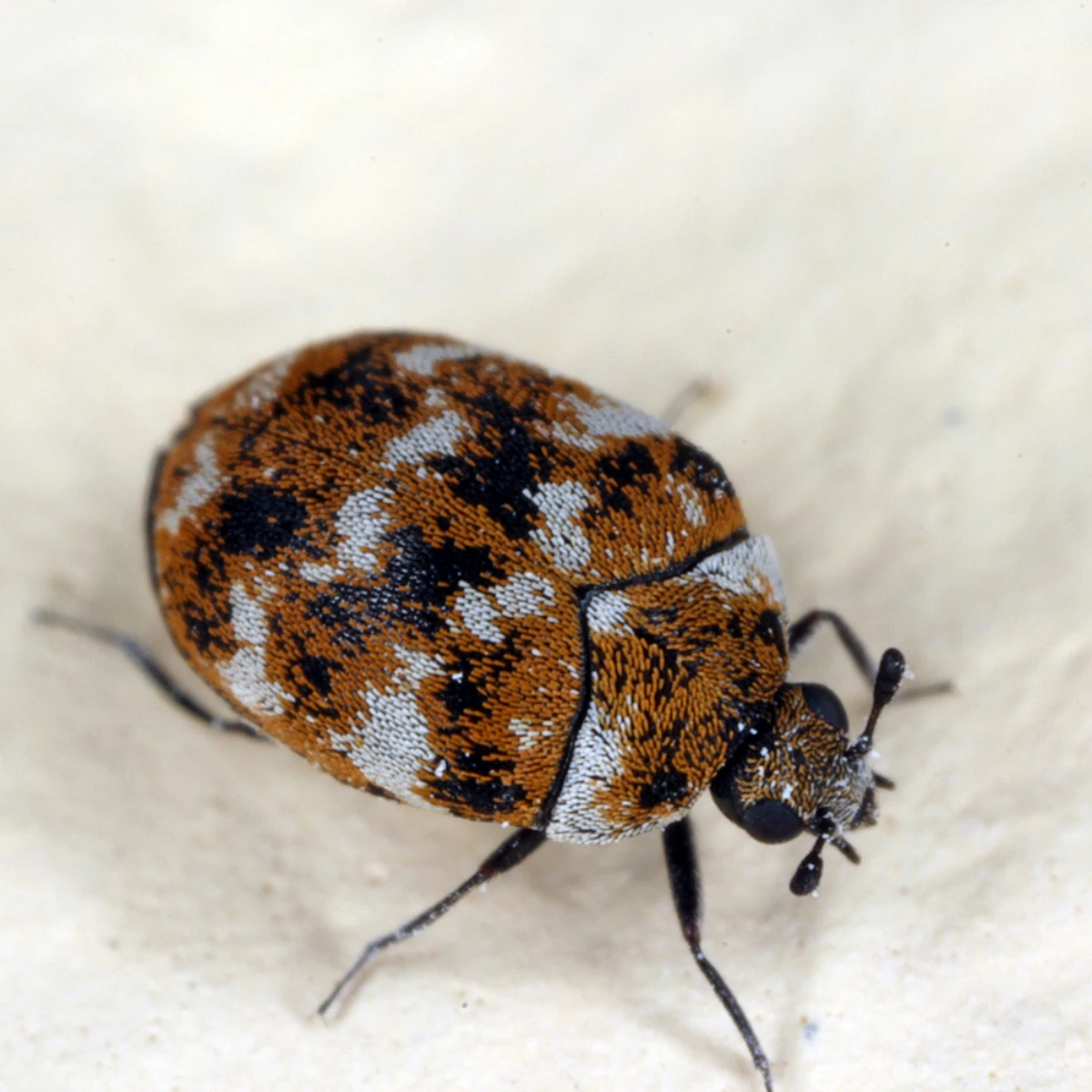Finding Tiny Holes in Your Sweaters? A Real-World Guide to Carpet Beetles
I’ve been in the pest control world for a long time, and some jobs just stick with you. I remember getting a call to a gorgeous old home, where the owner was heartbroken about tiny, mysterious holes showing up in a family heirloom rug. Her first thought was moths, which is what most people guess. But a quick look with my flashlight told a different story. Under the edge of that priceless rug, I found the real culprits: the tiny, hairy larvae of the varied carpet beetle.
In this article
Honestly, it’s a scene I’ve walked into hundreds of times. Finding these little destroyers can be super upsetting, but it’s a problem you can absolutely handle with the right game plan. This isn’t about just blindly spraying chemicals. It’s about understanding your opponent and using a careful, step-by-step process. I’m going to walk you through the exact method I use, built on solid inspection, deep cleaning, and targeted treatments that actually work.

First, Know Your Enemy: The Carpet Beetle
Before you can win the war, you have to know who you’re fighting. “Carpet beetle” is a catch-all term for a few different species whose larvae love to munch on natural fibers. Knowing which one you have can be helpful, as their habits can differ slightly. In my experience, you’re most likely to cross paths with one of these three.
-
The Varied Carpet Beetle: This is the most common one I see. The adult is a small, roundish beetle, only about 2 to 3 millimeters long, with a splotchy pattern of white, brown, and yellow scales that gives it a speckled look. But the larvae are the real problem. They’re a bit longer than the adults, shaped like a teardrop, and covered in bristly hairs with distinct light and dark brown stripes.
-
The Black Carpet Beetle: This one’s a little different. The adult is bigger, about 3 to 5 millimeters long, and is a solid, shiny black or dark brown. It’s more oval-shaped. The larva, though, is the most recognizable. It can be up to 8 millimeters long, is carrot-shaped, and usually a golden or dark brown color with a signature tuft of long hairs at its tail end.
-
The Furniture Carpet Beetle: This guy is a very close cousin to the varied carpet beetle. In fact, you’d need a magnifying glass to tell them apart by looking at their legs. Their habits are pretty much identical. The larvae of both are sometimes called “woolly bears,” but they’re not the same as the big, fuzzy caterpillars you see outside in the fall.

Why Their Life Cycle is Your Secret Weapon
Okay, this part is important. Understanding the beetle’s life cycle isn’t just for biology nerds; it’s the absolute foundation of getting rid of them for good. To be frank, this is the #1 reason most DIY treatments fail. Adult carpet beetles often hang out outdoors, feeding on flower pollen. They’re drawn to light and slip into our homes through open windows or torn screens. But that adult beetle isn’t interested in your living room. A female is on a mission: find a dark, quiet place with a food source to lay her eggs.
That food source is keratin, a protein found in pretty much any animal-based material. We’re talking wool, fur, silk, feathers, leather, and even accumulated pet hair. She’ll lay 50 to 100 tiny eggs right on this food source. In a week or three, they hatch, and the destructive larval stage begins. The larva’s only job is to eat and grow, shedding its skin as it gets bigger. By the way, these shed skins are a huge clue to look for during your inspection. This eating stage can last from a few months to nearly a year, which is why an infestation can do slow, steady damage in a hidden corner for so long. Eventually, it pupates and a new adult emerges, ready to start the cycle all over again.

So, what does this tell us? Seeing a single adult beetle on your windowsill is a warning flare. It means an egg-laying female might be, or has been, in your home. And just killing that one beetle won’t solve anything. The real work is finding and eliminating the hidden larvae and their food supply.
The Pro-Level Inspection: Finding Ground Zero
I always tell new technicians that their flashlight is their most important tool. You simply can’t treat what you can’t find. A thorough inspection is 80% of the job. You have to think like a tiny, slow-moving bug that just wants to eat in peace. Where would it hide? The answer is always dark, undisturbed areas loaded with natural fibers.
Your DIY Carpet Beetle Toolkit
You don’t need a truck full of gear. For a solid DIY attack, here’s your shopping list. You can get all this for under $75.

- A good LED flashlight: Don’t just use your phone. Get a real flashlight, preferably one with an adjustable beam ($15-20). A wide flood setting helps you scan a room, and a tight, bright spot lets you peer deep into cracks.
- Knee pads: You’ll be on your hands and knees. Trust me on this one. ($10 at any hardware store).
- A small spatula or old credit card: Perfect for gently lifting carpet edges and scraping out crevices.
- A magnifying glass: Helps you get a positive ID on tiny larvae and eggs.
- Food-Grade Diatomaceous Earth (DE): A 4lb bag is about $20 online or at a garden supply store.
- Insect Growth Regulator (IGR) Concentrate: This is a game-changer. A small bottle that makes 1-2 gallons costs around $25 from online pest control suppliers.
- An N95 dust mask: Essential for working with any kind of dust or powder ($5).
Where to Hunt Them Down
Start in the room where you saw the first signs of trouble. Be systematic. Get on the floor and look. Here are the hotspots I check on every single job:

- Carpet Edges: Gently pull the carpet back from the baseboard. Look for larvae, their
Galerie d’inspiration


Thinking of setting off a fogger or bug bomb to solve your carpet beetle problem?
Think again. While it seems like a powerful, whole-room solution, pest professionals rarely recommend it for this specific pest. Foggers release a fine mist that kills exposed, flying adult beetles but fails to penetrate the deep, hidden spaces where the real damage-doers—the larvae—are hiding. They burrow deep in carpet fibers, inside furniture, along baseboards, and within closets. The fog simply won’t reach them, giving you a false sense of security while the infestation continues to thrive unseen.

An adult female carpet beetle can lay between 50 and 100 eggs at a time.
This is why a single beetle spotted on a windowsill in spring shouldn’t be ignored. She is likely looking for a protein-rich, secluded spot to lay her eggs. Prime locations include wool rugs, stored cashmere sweaters, pet beds, and even accumulations of pet hair in corners. Finding one adult is a clear signal to start a thorough inspection and deep clean.

Your seasonal wardrobe rotation is a critical defense line. Before storing your winter woolens, silks, and cashmeres, take these preventative steps to create an uninviting environment for pests:
- Wash or Dry-Clean Everything: Larvae are more attracted to soiled fabrics. Storing clean clothes is your number one defense.
- Choose Airtight Storage: Use vacuum-sealed bags or plastic bins with secure-fitting lids. Cardboard boxes and wicker baskets are easily accessed by pests.
- Add a Repellent: Cedar blocks or sachets, like those from Woodlore, can help deter adult beetles. Their scent needs refreshing annually to remain effective.
Natural Option A: A white vinegar and water solution (50/50 mix) in a spray bottle is an effective contact killer for larvae and eggs on surfaces. It’s great for wiping down shelves, hard floors, and window sills.
Natural Option B: Food-grade Diatomaceous Earth is a fine powder that acts as a desiccant, dehydrating larvae that crawl through it. It’s not a quick killer but provides long-term protection.
For best results, use them together. Clean surfaces with the vinegar spray, and once dry, apply a very light dusting of Diatomaceous Earth in cracks, under carpet edges, and in wall voids where it won’t be disturbed.










